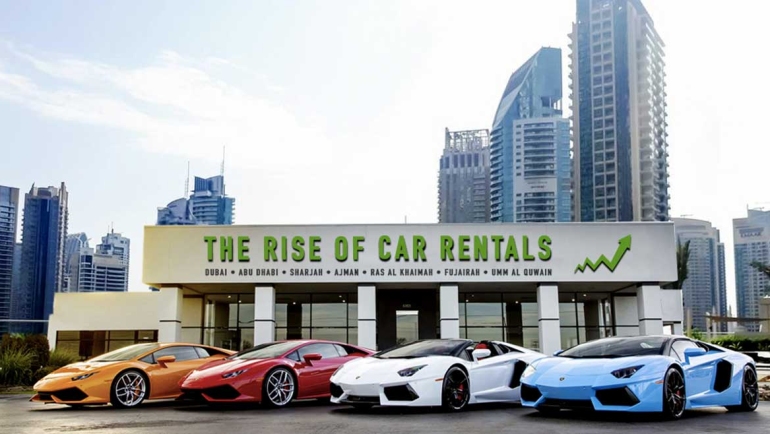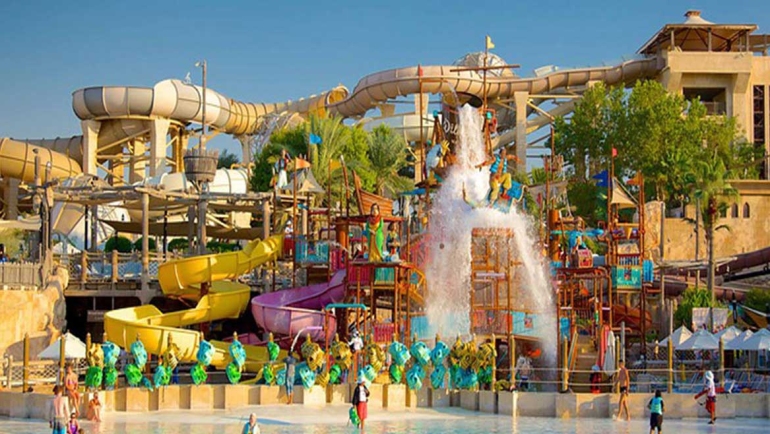1077Views 0Comments

Explore Dubai’s Culture: Food, Language, Music & More
Discover more about the majestic traditions, gracious hospitality, and savory culinary heritage that define Dubai’s unique culture.
The United Arab Emirates offers a varied range of cultural demographics, including food, attire, language, music, and more. This is because many different nationalities are represented there.
How did Dubai’s culture evolve?
Traditional Emirati practices have their roots in nomadic Arab tribes that traveled through the deserts in quest of water and rich land before the seventh century while herding camels and goats.
The majority of these nomad tribes have now transformed into modern-day residents of Dubai because of their remarkable hospitality and ingenuity.
Immigrants from Bangladesh, India, and Pakistan flocked to the gulf region to collect oil. Due to this, Dubai developed a wholesome, inclusive culture that is a blend of South Asian and Arab customs.

Let’s dive deeper into this all-embracing culture.
- Music
Bedouin folk music and the less well-known Khalil music are the two oldest musical genres in Dubai. The majority of Bedouin folk songs are poetry-based, like the Nabati, which tells stories of Arab bravery, life, love, and family.
Several traditional instruments, including the tabla, a type of drum, are used to play Khalil music, which is typically instrumental. The rebab, the tamboura, and the oud are among the more traditional instruments that have been employed in Dubai over the years to compose music.
The Liwa dance is a significant part of Dubai’s musical heritage. The Liwa Dance is important to native Emirati tradition, despite its African origins. Men move in a circle while dancing the Liwa to the rhythm and beat of an instrument called a mizmar, which is typically played in the middle of the dancing circle. Men separate into lines in time with the daf at various moments during the dance.
- Language
Language is the most important part of any culture so as Dubai. Its official language is Arabic, and all documents are maintained in this language which is also called Modern Standard Arabic.
The Levantine and Egyptian dialects you hear in the region’s most well-known soap operas are quite different from the Gulf Arabic spoken by Emiratis.
English is the most widely spoken language in the emirate because of the big ex-pat population. It serves as a link between those with various linguistic backgrounds. The beauty of Dubai’s culture is that everyone is at ease speaking their original language inside expat groups, so you don’t need to learn Arabic to go around. Due to the large number of Indian expats living in Dubai, Urdu is also extremely widespread.

- Food
All around the world, people share a love of food. The act of cooking and dining together draws people from all over the world together, and there is no better location than the UAE to get together with friends and eat anything you want.
Although Dubai’s cuisine has changed to suit the tastes of immigrants and expats, there are still some traditional delicacies that every traveler should try.
A fragrant rice dish called machboos is served with succulent morsels of lamb, beef, chicken, or goat. In addition to pine nuts, this dish is served with a spicy tomato sauce called daqoos. The meal is known as madhgut if the meat was pressure-cooked. It is known as mathbi when it is fried on hot stones.
Biryani, a cuisine from South Asia, is another popular food in Dubai. Biryani is a type of spiced rice dish that is typically served with chicken or pork. It is served with raita or chutney on the side.
Dubai is renowned for its coffee and tea as well. Saffron, cardamom, or anise are frequently added to either beverage to enhance it.
- Attire
When Dubai natives wear traditional attires they look different reflecting their culture. Long robes are worn by both men and women. The thobes or pandoras, or men’s robes, are white. They are worn in conjunction with the ghutra, a headdress.
It was uncommon around twenty years ago to see an Emirati male leave the house without the ghutra. Some men save ghutras for formal occasions and festive parties now that Dubai has become more westernized.
Local women in Dubai dress modestly in black robes called abayas and hijabs. They could be basic or embellished with needlework or different patterns. In Dubai, some women choose to cover their faces with a niqab, which only reveals their eyes.
This is mandatory for locals to maintain a culture in clothing, otherwise, it encourages individuals to wear whatever they like as long as it is appropriate for social gatherings and modest in religious settings. As a result, it’s typical to see individuals – mostly foreigners – donning suits, jeans, t-shirts, and even gowns.
- Summing up
Due to its cosmopolitan history, Dubai’s cultural tapestry is more diverse than it has ever been. There is a tonne to learn about everything, from the music to the cuisine. Undoubtedly you need more than a day to explore the rich heritage of Dubai.


